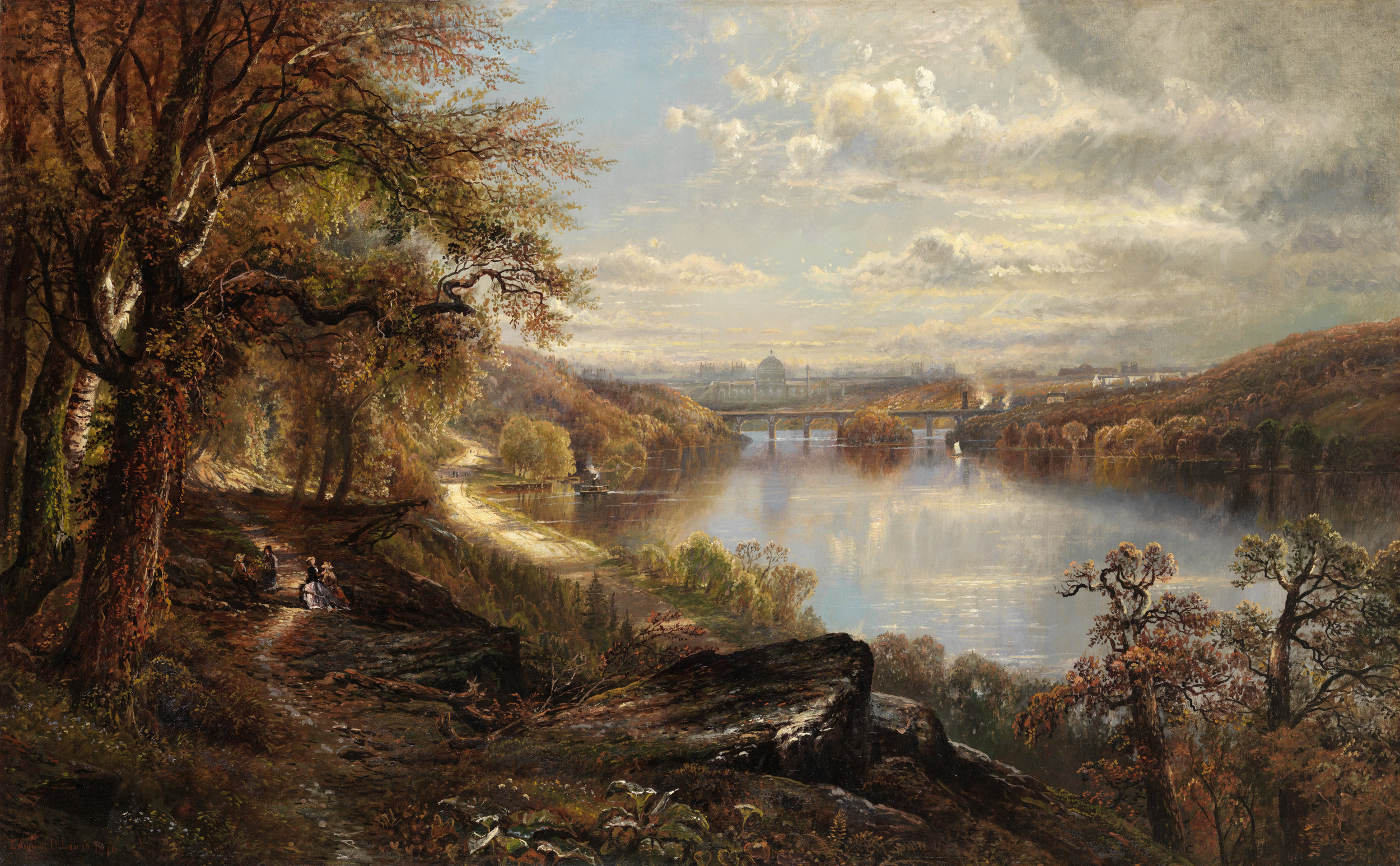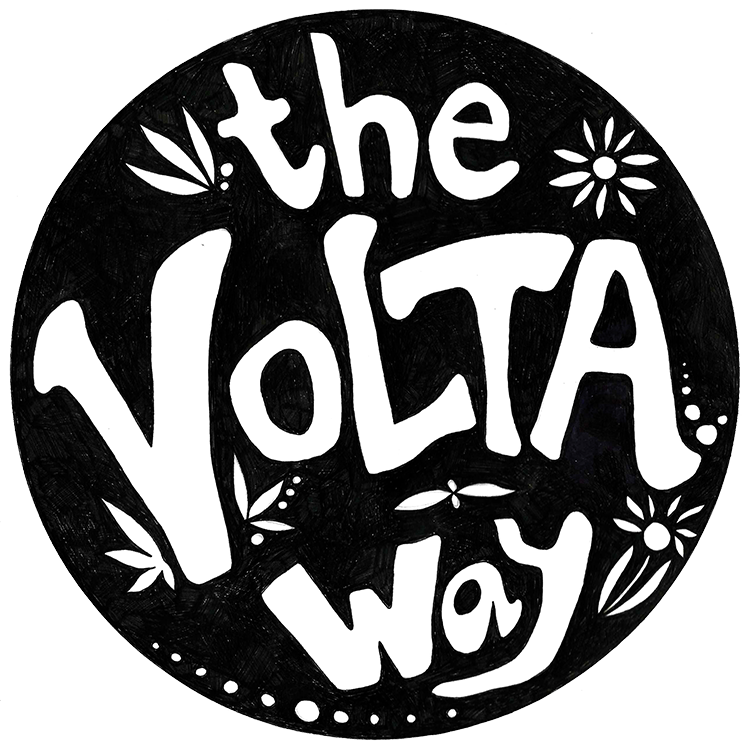By Claire Marie Porter
Dr. Anna O. Marley, curator of historical American art at the Pennsylvania Academy of the Fine Arts (PAFA) wants to set the record straight: the history of landscape painting in America does not begin in New York, as has been historically believed, but right here in Philadelphia.
The new exhibit at PAFA, From the Schuylkill to the Hudson: Landscapes of the Early American Republic, is a paradigm shifting show, and the brainchild of Dr. Marley. It challenges the relatively unexplored narrative of landscape painting in America—most importantly, revealing its deep Philadelphia roots. This is the first time Philadelphia landscapes have been the center of an art exhibit.
There is a companion installation to From The Schuylkill to the Hudson which features works by pioneering women and African American landscape painters from 1876 to 1946, including May Howard Jackson, the first African-American woman to receive a full scholarship to attend PAFA over a century ago.
New York’s Hudson River School, the mid-19th century group of landscape painters who focused on and celebrated the Catskills and Hudson River, were in reality preceded and borne of what Dr. Marley has dubbed “The Schuylkill River School.” Members of this generation of landscape painters, mostly PAFA trained artists, were the historical antecedents.
“Images of these rivers not only embodied the ideals of the new American nation-state, but also led to the creation of the Hudson River School, often erroneously identified today as the first American school of painting,” she writes in her companion essay to the show: “The Schuylkill River School: Landscape Representation in Philadelphia from the American Revolution to the Centennial Exhibition.”
The exhibit takes the viewer on a hike through sublime landscapes of wild American scenery, mostly centered around waterways and water distribution, starting with the Schuylkill River and ending with the Hudson river. In between are familiar scenes like Laurel Hill Cemetery, Fairmount Water Works, and Niagara Falls. In Thomas Moran’s Two Women in the Woods, viewers might recognize a familiar bend along Forbidden Drive.
It was the early paintings of Joshua Shaw, Thomas Doughty, and Thomas Birch that thrust the Schuylkill River, and Philadelphia water views into the public eye.
“There was a crossover between artistic innovation…and the planning of the city,” says Brooke Davis Anderson, Edna S. Tuttleman Director of the Museum.
Thomas Moran, of the Hudson River School can be attributed with the preservation of the Fairmount park system due to his famous landscapes, says Dr. O. Marley.
“There is no city where the varieties of wild landscape so closely surround and so boldly invade a civilization given over to material industries,” says a quote on the wall by Edward Strahan, 1873.
Indeed we can still say that this is the case in Philadelphia, where row homes back up to thousands of miles of woods, making the city feel both industrial and pastoral. If it weren’t for the memorialization of its landscapes by these painters, displaying its beauty and innovation to the world, it might not have transcended development.
This exhibit is now open to the public.





